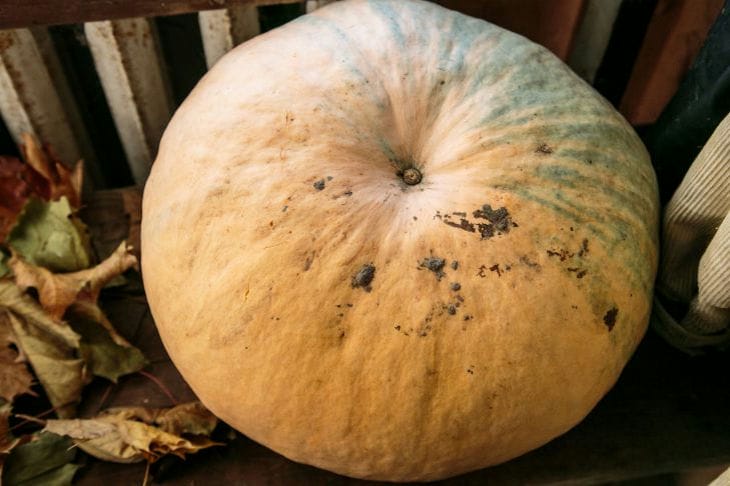Can pumpkin be fed with ash: gardeners' secrets for a record harvest
Pumpkin is an amazing plant that can delight gardeners with its impressive fruits.
However, to obtain a rich harvest, it is important to properly care for the crop.
One of the effective methods of feeding is considered to be the use of ash. How justified is this approach?
Benefits of Ash for Pumpkin
Ash is a valuable organic fertilizer that contains many useful substances. It includes potassium, phosphorus, calcium, magnesium and various microelements necessary for the healthy development of pumpkin.
Using ash as a fertilizer helps improve the structure of the soil, increases its fertility and stimulates plant growth.

Features of the use of ash
There are several important aspects to consider when using ash as a fertilizer for pumpkins.
Ash can be added both during planting and during the growing season. For pre-sowing soil treatment, it is recommended to add 100-150 grams of ash per square meter.
During the growth of pumpkin, fertilize once every 2-3 weeks using an aqueous solution of ash.
Preparation of ash solution
To prepare a nutrient solution, you need to take 200-300 grams of sifted ash and pour it with 10 liters of warm water.
The mixture is thoroughly mixed and left to infuse for 24 hours. Before use, the solution should be filtered and diluted with water in a ratio of 1:10. The resulting composition is poured onto the pumpkin at the root, avoiding contact with the leaves.
Combination of ash with other fertilizers
To increase the effectiveness of ash in feeding pumpkins, it should be mixed with other organic fertilizers.
A noticeable improvement can be achieved by combining ash with compost or humus.
This comprehensive method provides plants with all the necessary nutrients and promotes the development of large fruits.
Effect of ash on soil pH
An important property of ash is its ability to reduce soil acidity. Pumpkin prefers a neutral or slightly alkaline environment, so adding ash is especially useful on acidic soils.
However, moderation should be observed to avoid excessive increases in pH, which can negatively affect the absorption of certain elements by plants.
Prevention of diseases and pests
Fertilizing pumpkins with ash not only improves plant nutrition, but also helps protect them from pests and diseases.
Ash has antiseptic properties and repels many insects.
Regular use of ash reduces the risk of developing fungal diseases and increases the overall resistance of plants to adverse factors.
Alternative sources of ash
Ash of various origins can be used to feed pumpkins. Ash obtained from burning deciduous wood is considered the most valuable.
However, ash from burning straw, sunflower husks or other plant residues will also work. It is important to avoid using ash from burning coal or peat, as it may contain harmful impurities.
